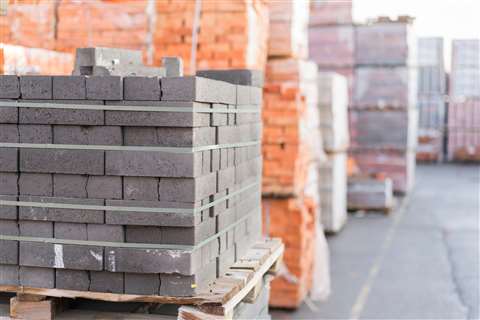
Crafting Resilience: Essential Standards and Components for Construction Materials
Introduction:
In the dynamic realm of construction, the demand for materials that stand the test of time has never been more critical. The resilience of construction materials is pivotal to the longevity and durability of structures, ensuring they endure harsh weather, external forces, and the wear and tear of time. This blog explores the key standards and components that resilient construction materials should embody, setting the foundation for sustainable and robust building practices.
Standards for Resilient Construction Materials:
1. Durability:
Resilient construction materials must exhibit exceptional durability to withstand environmental challenges and the passage of time. The material’s ability to resist deterioration, corrosion, and degradation is paramount in ensuring the longevity of structures. Durability is often assessed through rigorous testing procedures and adherence to industry-specific standards.
2. Strength:
Strength is a fundamental criterion for assessing the resilience of construction materials. The material must possess the structural integrity to bear loads, resist deformation, and maintain stability under varying conditions. Strength testing involves evaluating the material’s capacity to withstand applied forces without compromising its structural soundness.
3. Weather Resistance:
Resistant materials should be impervious to the detrimental effects of weather conditions, including rain, snow, UV rays, and temperature fluctuations. Weather-resistant materials prevent moisture ingress, corrosion, and deterioration of structural properties, ensuring a robust performance over time.
4. Fire Resistance:
Construction materials should meet stringent fire resistance standards to enhance the safety of structures. Fire-resistant materials delay the spread of flames, providing valuable time for evacuation and minimizing damage. This standard is especially crucial in high-risk environments and for structures with specific fire safety requirements.
5. Chemical Resistance:
Resilient materials must exhibit resistance to chemical exposure, preventing corrosion and degradation caused by contact with aggressive substances. This standard is essential in industries where materials come into contact with corrosive chemicals or pollutants, ensuring the longevity of the structure and minimizing maintenance requirements.
Key Components for Resilient Construction Materials:
1. Innovative Formulation:
The formulation of construction materials plays a pivotal role in enhancing their resilience. Innovative compositions, such as advanced ceramics, offer a unique blend of strength, durability, and sustainability. These materials often involve a meticulous combination of elements to create a robust and enduring structure.
- Advanced Insulation Technology:
Resilient materials should incorporate advanced insulation technology to enhance their energy efficiency and performance. This is particularly crucial in components like windows and facades, where insulation contributes to soundproofing, thermal efficiency, and overall resilience against environmental elements.
- Modular Versatility:
The adaptability of construction materials to various applications is a key component of resilience. Modular designs allow for versatile use in different construction scenarios, offering adaptability and reliability. Materials that can be seamlessly integrated into diverse architectural contexts contribute to the overall resilience of a structure.
4. High Impact Resistance:
High impact resistance is a critical component, especially in areas prone to seismic activities or heavy traffic. Materials with the ability to absorb and dissipate impact forces ensure the structural integrity of the building remains intact, minimizing the risk of damage and enhancing overall resilience.
5. Eco-Friendly Composition:
Sustainable and eco-friendly materials contribute to the resilience of structures by minimizing the environmental impact. These materials often involve the use of recycled content, reduced carbon footprint, and adherence to eco-conscious manufacturing processes, aligning with global efforts towards green and resilient construction.
Conclusion:
In the ever-evolving landscape of construction, the standards and components outlined above form the cornerstone of resilient materials. From durability and strength to innovative formulations and eco-friendly compositions, these elements collectively contribute to the creation of structures that can withstand the challenges of time and environment. Embracing resilient materials not only ensures the longevity of buildings but also aligns with the growing emphasis on sustainable and robust construction practices in the 21st century.


